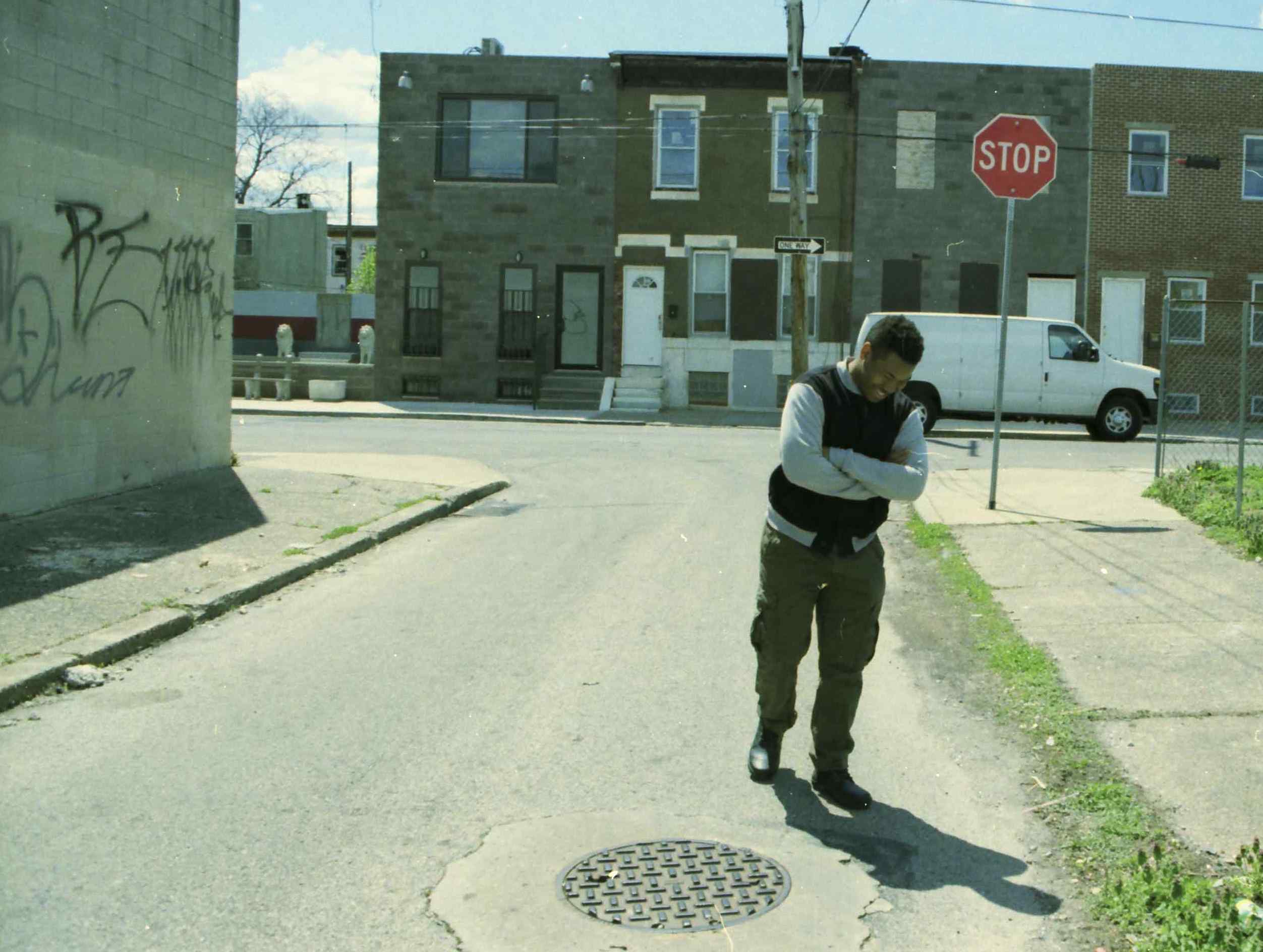You’re way out at the end of the route, just you and the bus, doing the turnaround in a residential setting. It’s a different headspace now, miles removed from the clamor and heat of the city’s vortex, out here where the stories echo only in your memory and you’re more preoccupied with the mechanics of driving, how to wrap the forty-foot vehicle around this hairpin turn, trying not to daydream.
Cremona is a narrow neighborhood street, the sort just barely wide enough for two cars. You have street parking on one side only, and if a vehicle of any size is parked or stalled on the other side, well, a bus certainly won’t fit through the remaining space. At least, that’s what I thought.
As I come around the corner from Nickerson onto Cremona, a scene presents itself. On the left is the ordinary row of street-parked cars, which we expect, and on the right are parked two huge green garbage trucks, partly on the sidewalk and mostly in the roadway.
That’s different.
I’ve always thought it was a marketing masterstroke for Waste Management to repaint their vehicles fluorescent green. They were a much less environmentally suggestive rasin purple when I was growing up. I can see the truck drivers standing in the street nearby relaxing, cigarettes in hand, one with his teeth smiling out as he joshes with a street regular.
Initially I park the bus in the middle of the street in front of them, throwing on the four-ways, all set to sit until they move out of the way. That would be the smart thing to do. But… loafing around and staring holds interest for only so long. I decide instead to drift up to where the guys are, to engage.
Leaning out my window: “Sorry to interrupt the smoke break! Ah apologize!”
Garbage Man lets loose a big smile. How often in a given day must he have to deal with irate motorists who think they’re the first to ever be blocked by him? I think he appreciates my genial approach.
“Heey,” he says. “Can you get through?”
“Um, no. I don’t think so. I could try….”
“Want me to pull the mirrors back?”
That would be much better. “Yeah!”
He runs back to his truck and starts folding the exterior mirrors in, giving me more space. It’s a question of inches, in scenarios like this. While he’s doing that, I turn to the slightly tipsy street man standing near the sidewalk, who’s been watching. “How’s it goin’?”
“I DUNNO!” he yells, at boisterous volume but with an expression that looks like it’s speaking quietly. “WE’RE ABOUT TO FIND OUT! I DON’T WANT YOUR JOB RIGHT NOW!”
We guffaw together.
I begin what Bob Dylan calls the midnight creep. This is fun, but it’s also pretty serious, and my brain straddles both headspaces. If the bus touches any fixed object (like a garbage truck, or tree), it’s a preventable accident and my fault. On the other hand, it’s a game, a game of professionals helping each other, a game whose rules any bystander can understand, the simple pleasure of seeing if we can make the squeeze.
Don’t try this at home.
I move slowly through this game of inches, with an audience who’s participating. Garbage Man has folded aside all the mirrors of not just the trucks but also the cars, scurrying to and fro, addressing the situation. The tipsy guy takes a swig from his paper bag and leans his weight to one side, a beggar-philosopher contemplating the angles.
Here’s a young woman in her Civic, approaching from ahead, pulling over to allow me through, and she attends the proceedings from her front-row seat with a certain interest. Would you really want to be watching anything else right now? We smile brightly at each other. The second garbage truck driver– nod and a grin from his weathered face– appears and observes as well. Garbage Man One is up in front, guiding me. Just a little further this way, he says with his body, practically dancing.
It’s a warm sensation, to be reminded of that very natural part of ourselves, the part we all have that just wants to get along. This little quintet of fellow beings, who will never reunite, all took a shared pleasure in the simple delight of yes, the bus driver was able to pass through the tight space. People smiled, at themselves and each other, and with that little experience in hand went on about their daily lives.
“Thank you!” I hollered out the window, before it was too late.
“Come work for us!” he yelled back, those pearly teeth still gleaming. “Come work for us! Get paid more!”
“No way man, come work for us! Have a good one!”
“You too!” he said, with a smile you can still hear, its memory manifesting on your own face, even after you’ve gone around the corner.
Nathan Vass is an artist, filmmaker, photographer, and author by day, and a Metro bus driver by night, where his community-building work has been showcased on TED, NPR, The Seattle Times, KING 5 and landed him a spot on Seattle Magazine’s 2018 list of the 35 Most Influential People in Seattle. He has shown in over forty photography shows is also the director of nine films, six of which have shown at festivals, and one of which premiered at Henry Art Gallery. His book, The Lines That Make Us, is a Seattle bestseller and 2019 WA State Book Awards finalist.



